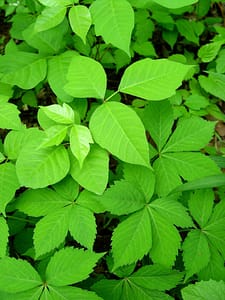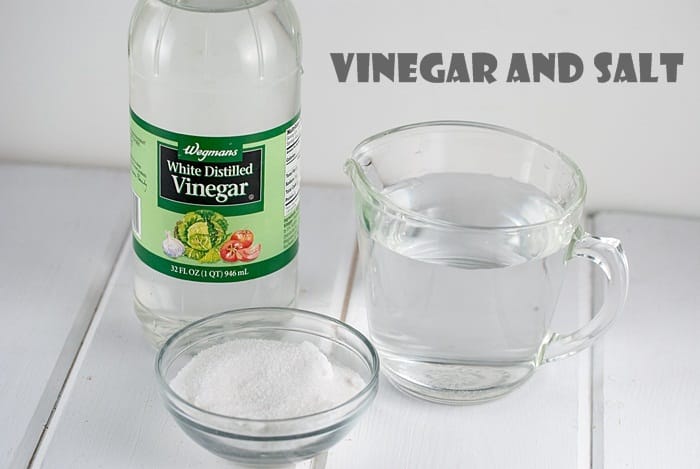Poison ivy is a plant known for its negative effects on human skin while providing shelter to many insects, birds and other animals. The effects it has on human being if come into direct contact, is severe inflammation known as contact dermatitis. The main ingredient that causes this irritation is urushiol. We happen to be very allergic to this organic compound the results are pretty disturbing.

Once you get in any kind of contact, there would be itchiness, swelling, red skin, blisters, hives, crusting skin or rashes that you will find difficult to deal with. The depressing matter is that they can grow out of nothing and your backyard or some other portion can easily accommodate them. Before you children throe their balls or Frisbee in one of the ivy bush it would be wise to get rid of them. Fortunately your pets are not allergic to it but you definitely need to get rid of them.
Here we will discuss how to kill poison ivy effectively and the different suitable ways.
There are various ways like burning the bush, cleaning manually, watering in effective way or using herbicides like chemical or organic. We can even think of using weed killer to eliminate this poison ivy problem.

Removing the plant from the root
The best way to eliminate poison ivy is to cut the plant from the root. This is one organic process but you need to make sure that there is no part left or the ivy can come back easily with all its negative aspects. When you are working on this process make sure you are digging the ground at least eight inches beneath the plant.
The best time to pull the ivy plants out is after a good rain. The ground will be soft and the less effort it will take. While pulling the plants out use some precautions.
- Wear gloves and proper footwear to cover your body parts. Even a bit of touch can give you itchy skin.
- Be careful while working on the roots, it contains 1000 times more rush-causing oil than the leaves.
- The cloths you are wearing will be used for only ivy removal and not anywhere else.
- Put the ivy plants in a proper box and cover it properly.
- Dump soil or stones to keep the cover on place.
- Keep the cloths away and if possible wash them with proper care.
- Wash your hands properly.
Using herbicides
If you are planning to get rid of the poison ivy by using herbicides then there are certain rules that you need to follow.
- Use weed killer on a day that is not very windy and with no chances of rain.
- Once you are done with the chemical herbicide, don’t think that your work is done. They are not harmed from the roots and can come back real soon. Repeat the process and it will reduce the rate of growth and it will die eventually.
- Make sure your weed killer doesn’t affect other plants or the environment.
- Read the weed killer label carefully and choose the suitable one with minimum side effects.
If the problem is getting out of your hand use something strong like glyphosate herbicide for permanent solution.
Homemade herbicides

If you don’t feel right to use chemicals then you better go for some homemade remedies. Proper proportion of vinegar and salt happens to solve many weeds problem efficiently. Mix ½ cup of salt with 3 cups of vinegar and stir the mixture until the salt completely dissolves in the solution. Now add this mixture to liquid detergent solution and pour this thing in a sprayer. Apply on the green leaves of poison ivy. If the plant is tall enough to trouble you in the process, better cut an optimum portion and then spray the solution.
You must avoid the trees that you want to keep. Thought this article deals with how to get rid of poison ivy, there are some facts that you should know.
If you are not lucky enough to eliminate these plants and come into contact with one, rinse off with water as soon as possible and consult doctors is situation gets out of control. We need to keep on mind that it may be poisonous for us but it provides shelter to many animals specially insects and some of them use it as their food. So if it is grown somewhere you don’t have access regularly then ca simply let it be and do the duty towards nature.
